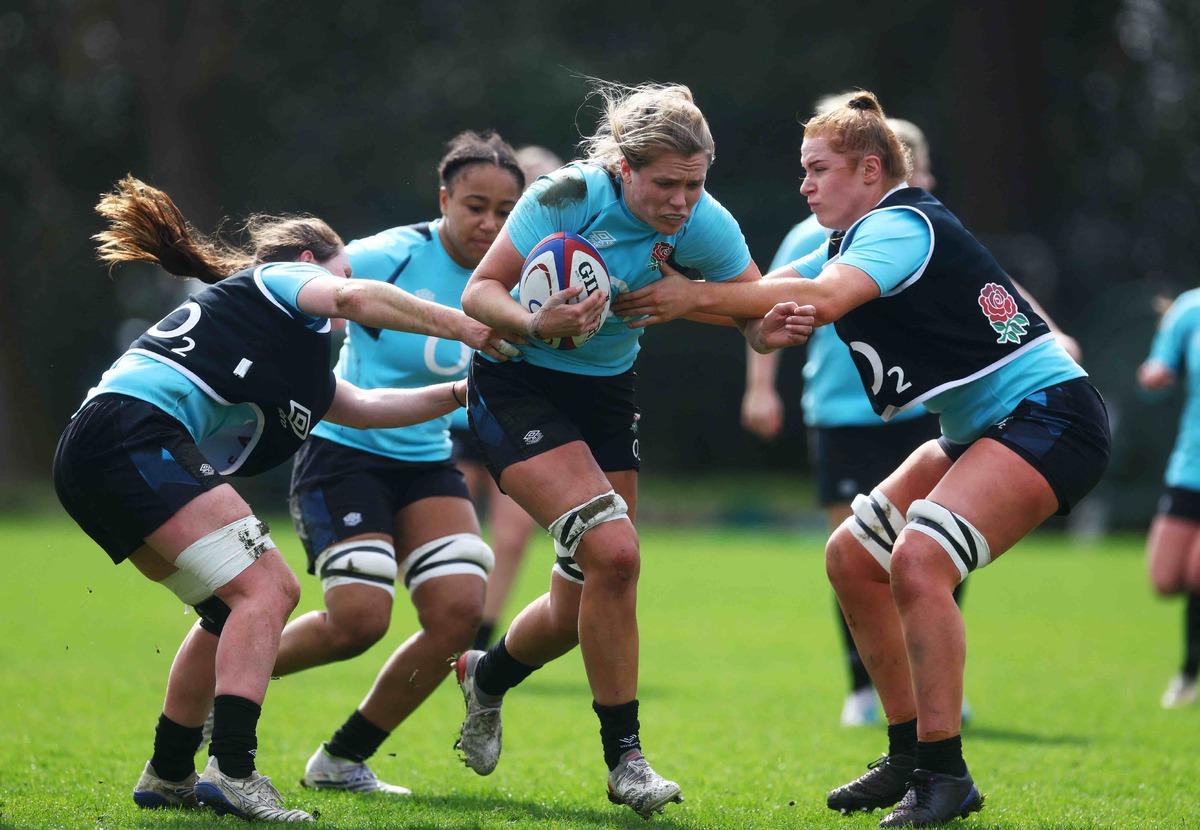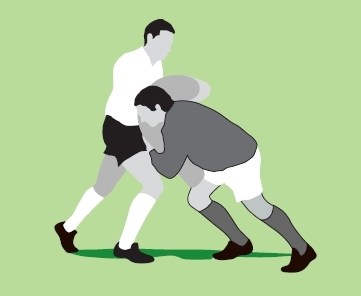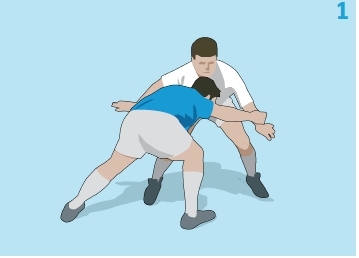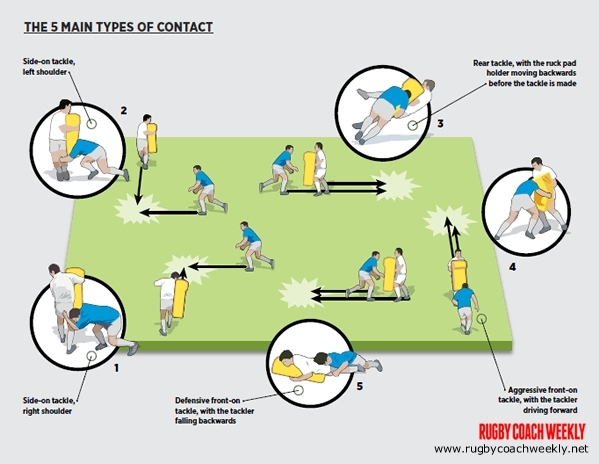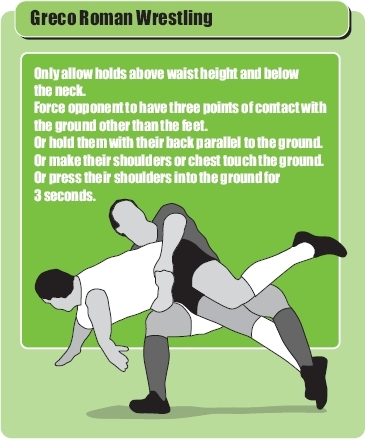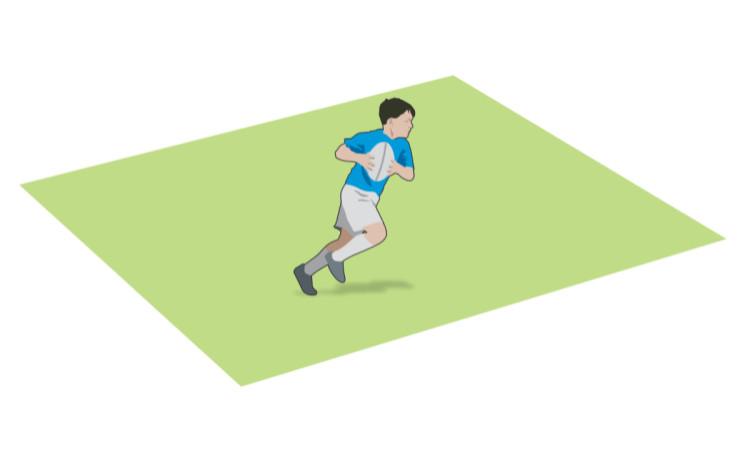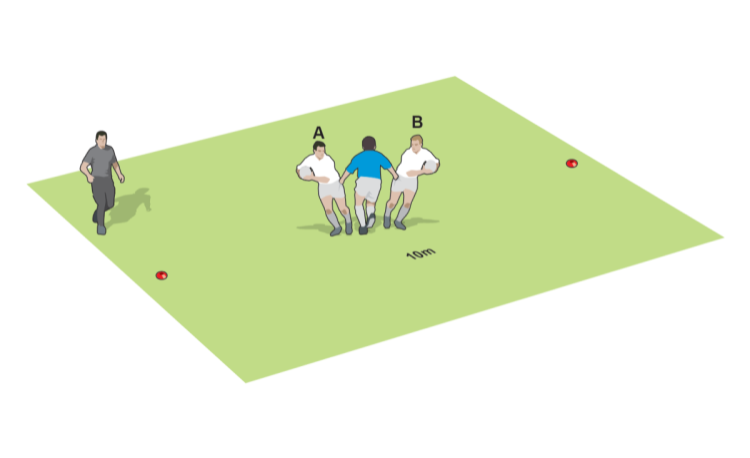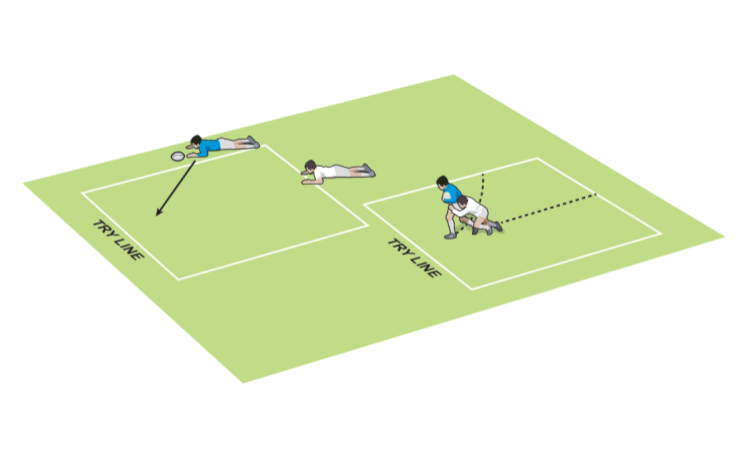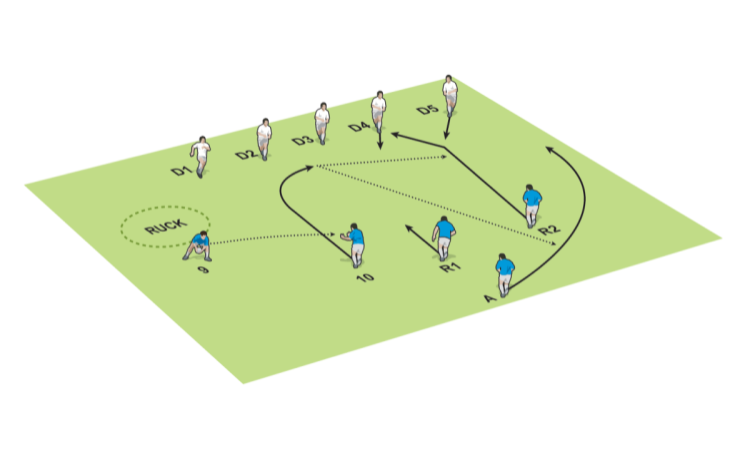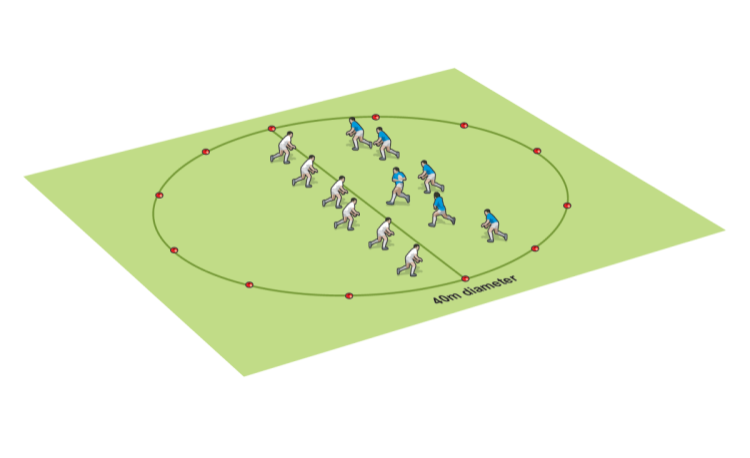You are viewing
1 of your 2 free articles
Is your team contact ready? Training drills to use
If you are coaching adult rugby, then you are probably already beginning to put in some elements of contact into your preparation programme for next season. If you are coaching youth rugby, then you need to carefully consider the regulations about contact rugby. For example, in England for under 11s and below, you won’t even start "contact" of any sort until the actual season starts.
If you are coaching adult rugby, then you are probably already beginning to put in some elements of contact into your preparation programme for next season.
If you are coaching youth rugby, then you need to carefully consider the regulations about contact rugby. For example, in England for under 11s and below, you won’t even start "contact" of any sort until the actual season starts.
When you do start, your players need to be ready for contact, though, of course, in an ideal world, you would want to avoid it!
For a change from the normal rugby routines, why not introduce some wrestling into training. We have a guide to setting up the right sort of safe environment to take advantage of this type of training in Wrestling skills for a warm-up drill.
Moving this towards more rugby-related activities, try out this Ruck warm-up drill. Paul Tyler mixes wrestling-type exercises before looking into the best height to drive into contact.
Ruck pads are a good way to reduce the bone-on-bone contact. Use them wisely to improve techniques with Mark Calverley’s activity to Safely introduce tackling contact.
Finally, give your players the edge in the contact area by giving them some of the best contact tips. Develop better contact readiness with these ideas.
Newsletter Sign Up
Coaches Testimonials

Gerald Kearney, Downtown Las Vegas Soccer Club

Paul Butler, Florida, USA

Rick Shields, Springboro, USA

Tony Green, Pierrefonds Titans, Quebec, Canada
Subscribe Today
Be a more effective, more successful rugby coach
In a recent survey 89% of subscribers said Rugby Coach Weekly makes them more confident, 91% said Rugby Coach Weekly makes them a more effective coach and 93% said Rugby Coach Weekly makes them more inspired.
Get Weekly Inspiration
All the latest techniques and approaches
Rugby Coach Weekly offers proven and easy to use rugby drills, coaching sessions, practice plans, small-sided games, warm-ups, training tips and advice.
We've been at the cutting edge of rugby coaching since we launched in 2005, creating resources for the grassroots youth coach, following best practice from around the world and insights from the professional game.
